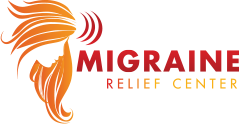Can yoga really help with migraines?
Yoga cannot cure migraines, but research suggests that gentle, regular yoga may help reduce migraine frequency, intensity, and migraine-related stress. By calming the nervous system, easing muscle tension, and improving stress resilience, yoga can be a supportive part of a comprehensive migraine management plan for some people.
